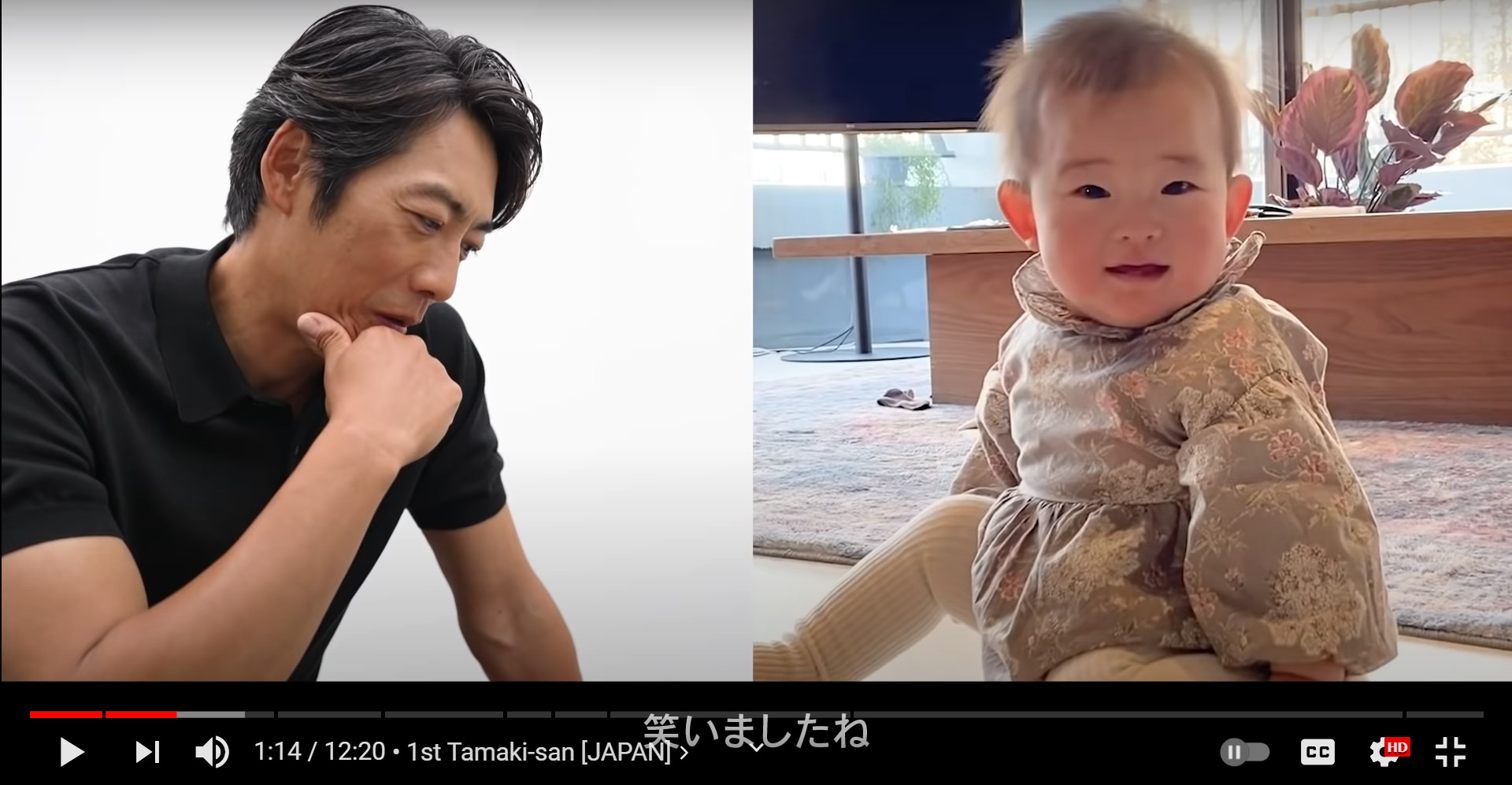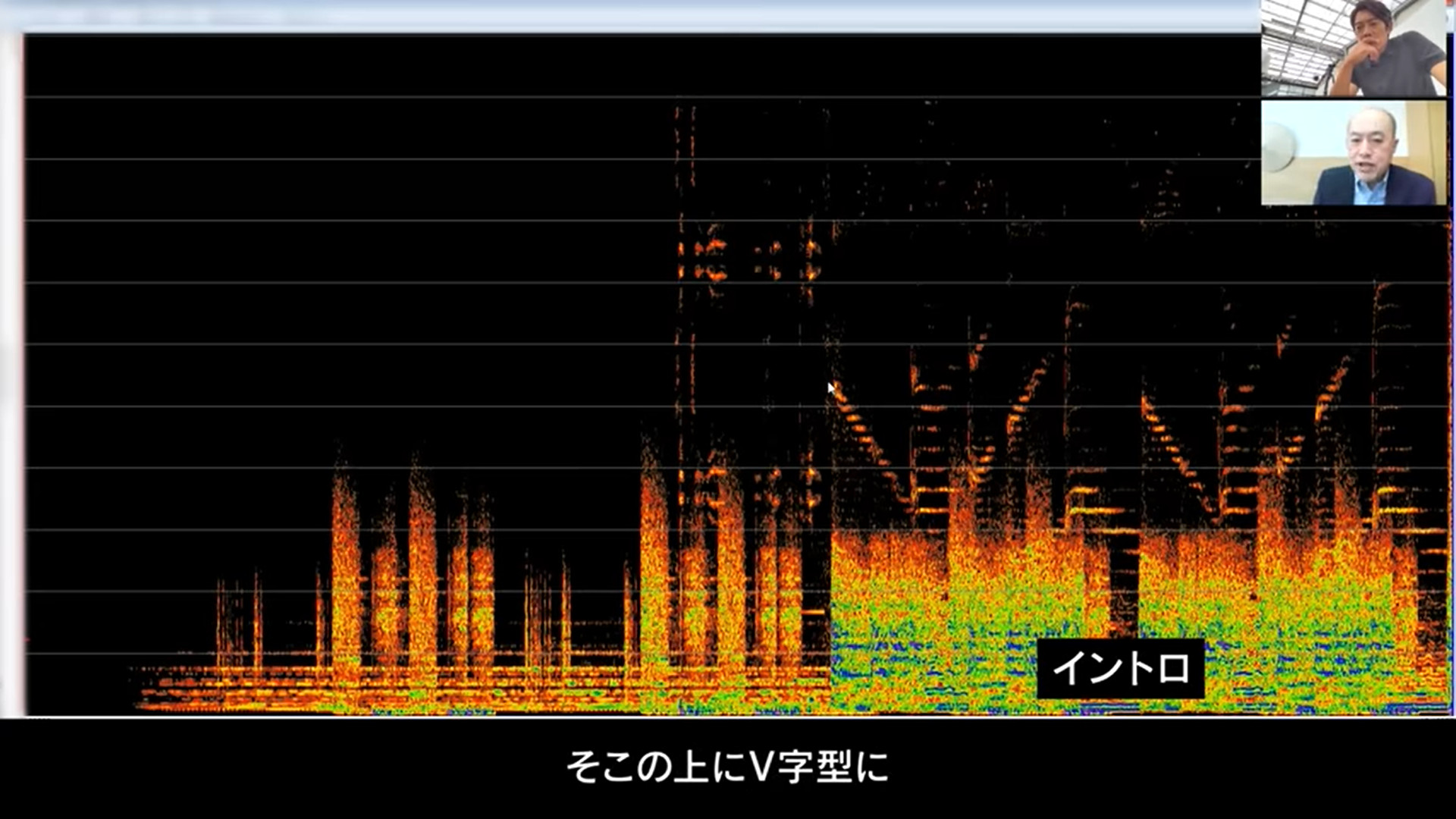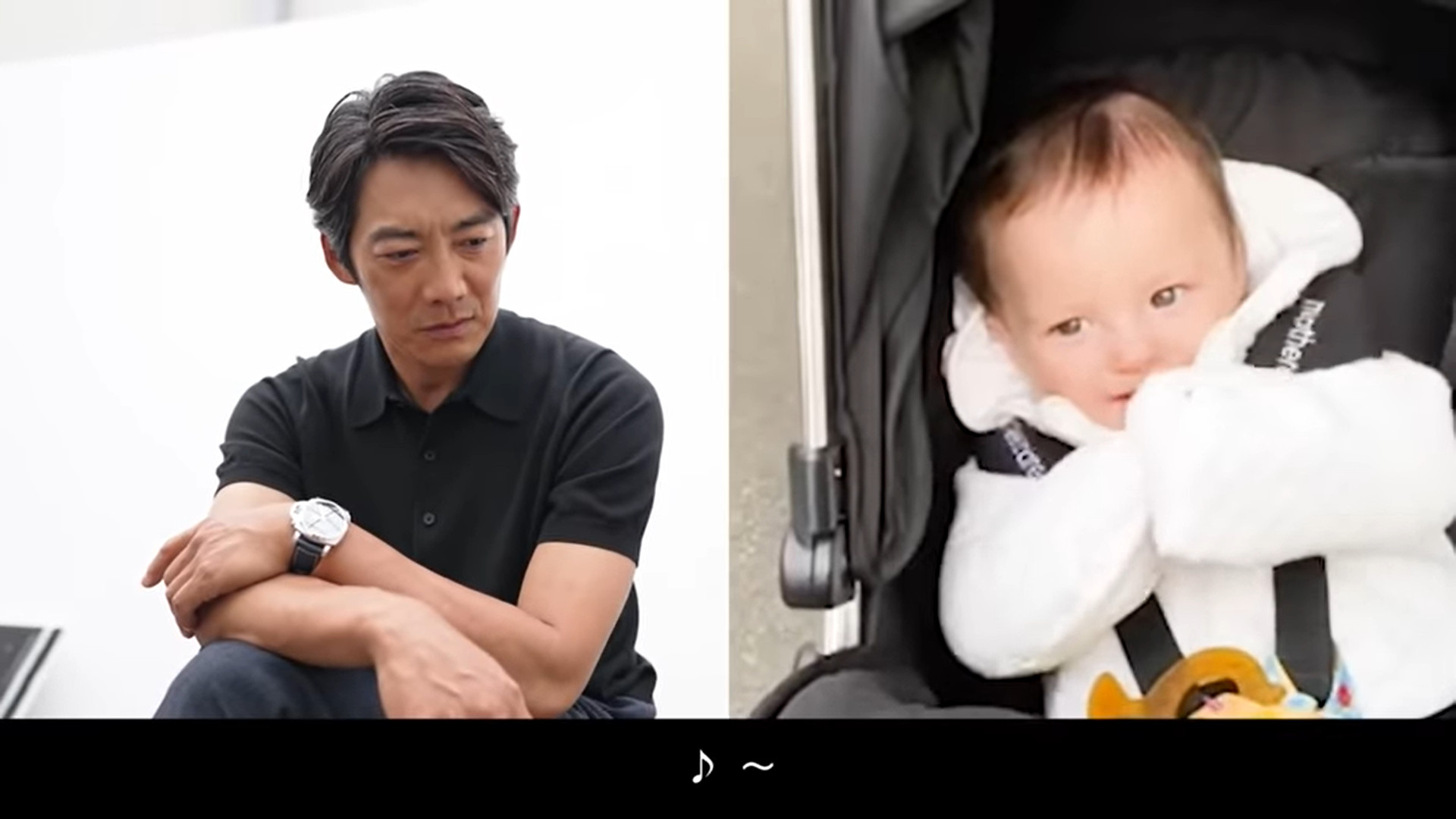Why does a ’90s Japanese drama theme song calm crying babies? An acoustics expert explains

Who would have thought the theme song to Great Teacher Onizuka would actually be good for babies?
If you grew up in Japan in the late nineties or early aughts, or if you’re an anime fan, you probably know of a little smash-hit franchise known as Great Teacher Onizuka. Considered a classic shonen manga from the era, it was successful enough to spawn not only a 43-episode TV anime but also a movie and a 12-episode live-action TV show as well.
That TV show was massively popular on its own (we, in fact, consider it to be one of the best live-action adaptations of a manga), and as a result, the theme song for the drama, “POISON ~Iitai koto mo Ienai Konna Yo no Naka wa~” by ’90s heartthrob Takashi Sorimachi (who also played Onizuka in the drama) holds a special place in fans’ hearts to this day.
23 years later, however, the song is getting a revival among an unexpected demographic: parents of crying children. There’s a rumor going around that Sorimachi’s song (which, from here on out, we will call “Poison”) actually stops fussy babies from crying. His talent agency Ken-on investigated these rumors on their YouTube channel, and it really seems to work!
As shown by the video, “Poison” calms crying babies not only in Japan, but all over the world. Five families from Japan, New Zealand, the U.S., Brazil, and the U.K. were sent Sorimachi’s song, asked to play it when their child was crying, and film the results. As it turns out, all of the babies, who ranged in age from four months to two years old, stopped crying when they heard Sorimachi’s song, and some even smiled and clapped along.
Sorimachi himself appears in the video, recording his reactions to the babies’ responses. He said that he’d heard the rumor and had had friends tell him that it works but had never really seen it himself. Though he was impressed by the results, he humbly guessed that it wasn’t his voice that causes them to stop crying so much as the initial opening melody of the song.
As it turns out, Sorimachi was partially right. Ken-o asked a sound expert why “Poison” has such an immediate effect on babies, regardless of nationality, and Suzuki, head of the Japan Acoustic Lab, explained that “Poison” is not only effective in stopping babies from crying, but keeping them from starting up again.

Apparently, babies generally stop crying for two reasons: either they’re stimulated, or they’re calmed. “Poison” seems to do both. The opening guitar riff of the song has a repetitive rise and fall that is apparently very stimulating for babies, and the high frequency of the music (depicted in the v-shaped lines of the acoustic analysis chart of the intro of the song above) easily draws their attention.
By contrast, the low, unchanging tones of Sorimachi’s voice singing the opening lyrics are calming, which is what keeps them from resuming their tears once the initial surprise has worn off.
“The fact that it both calms and stimulates makes this song a very interesting composition,” Suzuki said. “I don’t think you could intentionally make something as effective.”

Suzuki thinks that the song will only have an effect on children between three months and two years of age, as older children tend to have more complex reasons for crying and aren’t generally as easy to calm. Sorimachi himself said that it would’ve been nice to know this when his children were young. “My older daughter was always crying,” he said, adding that when she would often wake up crying at two in the morning, he would have to take her for a drive in the car to calm her down.
So the next time your baby is being fussy, why not pull up “Poison” on YouTube and see if it works? And if they’re crying because they want to sleep, you might also want to try this tissue method. Between the two, something should help!
Source, images: YouTube/Ken Net Channel -研音official-
● Want to hear about SoraNews24’s latest articles as soon as they’re published? Follow us on Facebook and Twitter!
Credit:




0 comments: